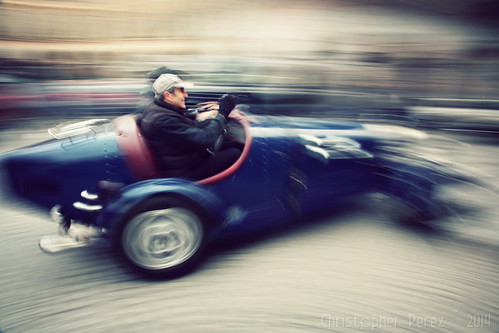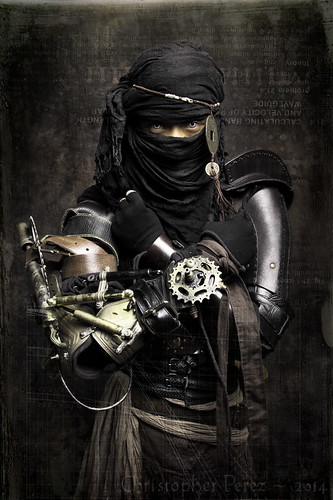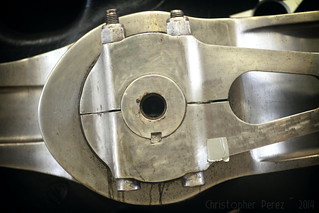Leica cameras were unique, strong, and very capable photographic tools.
Years before the Flapping Mirror of SLR became the industry standard (ie: Nikon, Contax, Zeiss, Canon), Oskar's cameras came with a rangefinder to focus lenses and a nearly silent shutter. The shutter was so good that the cameras could be used in US courts of law where nothing else was allowed. Who needed ultra-wide or super-long lenses when "real" reporters/photographers entered the fray and became part of the action?
I owned two M3 with a 5cm f/1.5 and a 35mm f/3.5. I got some great photos with those old hockey pucks and only recently sent some of the old negatives to be recycled. They were fun cameras.
With the advent of digital, Leica has struggled to recreate it's former Film Days Dominant Differentiation from the strongest players (Canon, Nikon, Sony, Fuji, Sigma, etc). Image quality is no longer Leica's strongest suit. Product pricing is, it seems to me. They can charge whatever they want and Leica cultists willingly shell it out. This, even as image makers costing a fraction of a Leica are demonstrably better.
Price. Such is the lasting power of "brand." The brand is, yes, rather Long in the Tooth, now. We've Turned a Corner and it's fun to see retrospectives and historical essays on the topic old camera gear. It's easy to wax nostalgic, me-thinks.
BBC Magazine is running a visual article on their site just now, wherein you can see how it enabled very creative photographic expressions. Leica cameras remain one of the strongest icons of the Film Age. Here in Paris Henri Cartier-Bresson posters are plastered about and he's holding a IIIf (or somesuch).
I wonder if BBC Magazine will run a similar article on Rolleiflex twin-lens cameras? There too was a unique, strong, and very capable image making tool. How hard it would be to demand equal time for other creative imaging tools?
Years before the Flapping Mirror of SLR became the industry standard (ie: Nikon, Contax, Zeiss, Canon), Oskar's cameras came with a rangefinder to focus lenses and a nearly silent shutter. The shutter was so good that the cameras could be used in US courts of law where nothing else was allowed. Who needed ultra-wide or super-long lenses when "real" reporters/photographers entered the fray and became part of the action?
I owned two M3 with a 5cm f/1.5 and a 35mm f/3.5. I got some great photos with those old hockey pucks and only recently sent some of the old negatives to be recycled. They were fun cameras.
With the advent of digital, Leica has struggled to recreate it's former Film Days Dominant Differentiation from the strongest players (Canon, Nikon, Sony, Fuji, Sigma, etc). Image quality is no longer Leica's strongest suit. Product pricing is, it seems to me. They can charge whatever they want and Leica cultists willingly shell it out. This, even as image makers costing a fraction of a Leica are demonstrably better.
Price. Such is the lasting power of "brand." The brand is, yes, rather Long in the Tooth, now. We've Turned a Corner and it's fun to see retrospectives and historical essays on the topic old camera gear. It's easy to wax nostalgic, me-thinks.
BBC Magazine is running a visual article on their site just now, wherein you can see how it enabled very creative photographic expressions. Leica cameras remain one of the strongest icons of the Film Age. Here in Paris Henri Cartier-Bresson posters are plastered about and he's holding a IIIf (or somesuch).
I wonder if BBC Magazine will run a similar article on Rolleiflex twin-lens cameras? There too was a unique, strong, and very capable image making tool. How hard it would be to demand equal time for other creative imaging tools?




